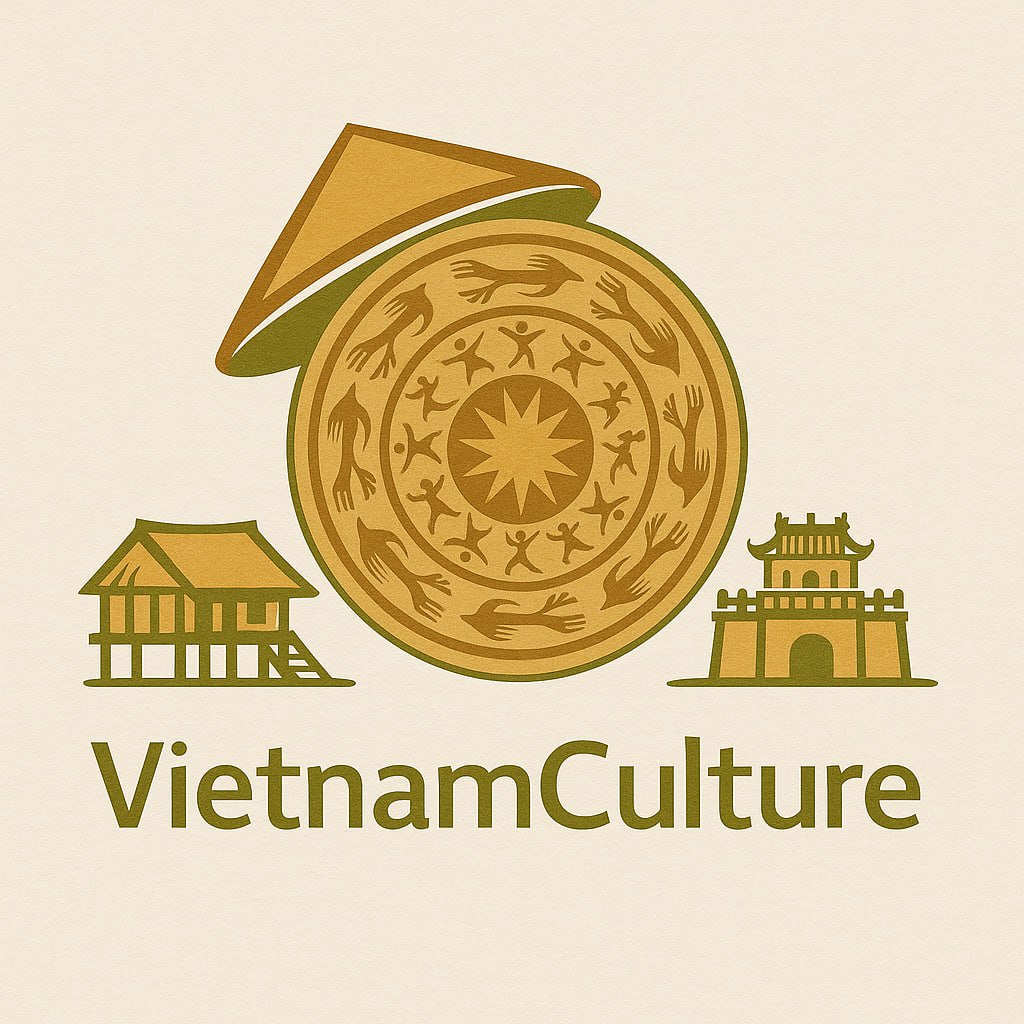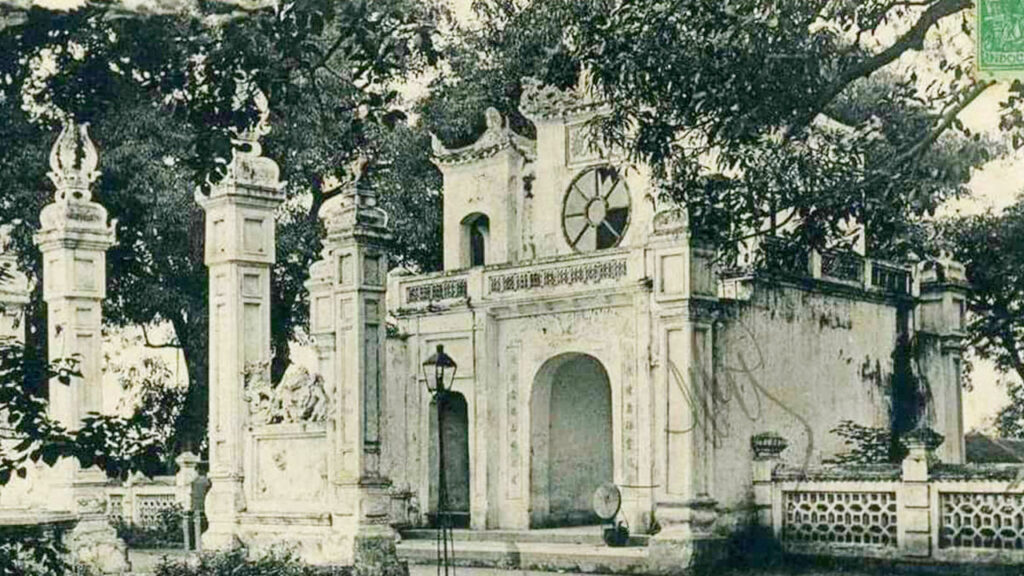Vietnam is known for its breathtaking landscapes, vibrant street food, and hospitable people. But beneath the beauty and charm lies a story of incredible endurance and transformation—a story that spans over four millennia. Vietnamese history is one of the most compelling national narratives in Southeast Asia and deserves a place in every curious traveler or history enthusiast’s mind.
From ancient kingdoms to foreign conquests, legendary warriors to revolutionary heroes, Vietnamese history has shaped not only the nation’s identity but also its role in regional and global politics.
In this article, we’ll journey through the key milestones of Vietnamese history—from prehistoric times to modern independence—uncovering what makes Vietnam one of the most culturally rich and historically resilient countries in the world.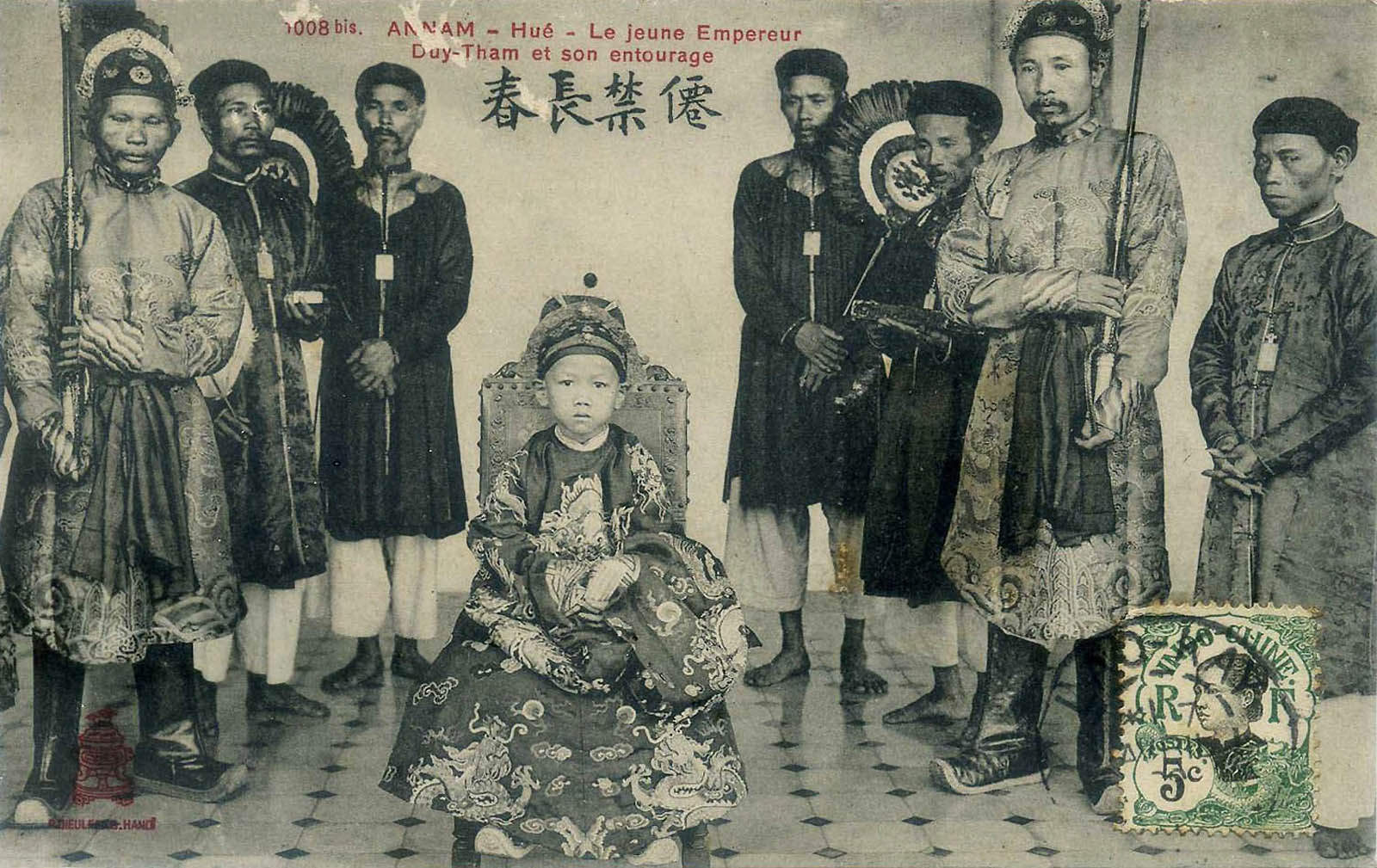
1. Prehistoric Beginnings: The Foundations of Vietnamese Civilization
Vietnamese history begins long before written records, with archeological findings dating back over 30,000 years. These early societies left behind tools, burial sites, and other artifacts that show how advanced prehistoric life was in this region.
Key Periods:
- Paleolithic Age (30,000–10,000 BCE): Nomadic tribes with basic stone tools
- Neolithic Age (10,000–2000 BCE): Hòa Bình and Bắc Sơn cultures developed agriculture
- Bronze Age (c. 1000 BCE): The Đông Sơn culture introduced metalworking, wet rice farming, and artistic bronze drums
These ancient communities laid the cultural and economic foundation for later Vietnamese states.
2. The Birth of Vietnamese Identity: Văn Lang and Âu Lạc
According to legend, the Vietnamese people are descended from Lạc Long Quân and Âu Cơ, the mythical parents of the nation.
Văn Lang (c. 2879 BCE):
- The first kingdom of Vietnam, ruled by the Hùng Kings
- Governed through clan-based systems and village cooperation
Âu Lạc (3rd century BCE):
- Founded by An Dương Vương
- Capital was Cổ Loa, with a spiral-shaped citadel
- Eventually fell to Triệu Đà, marking the beginning of Chinese interest in the region
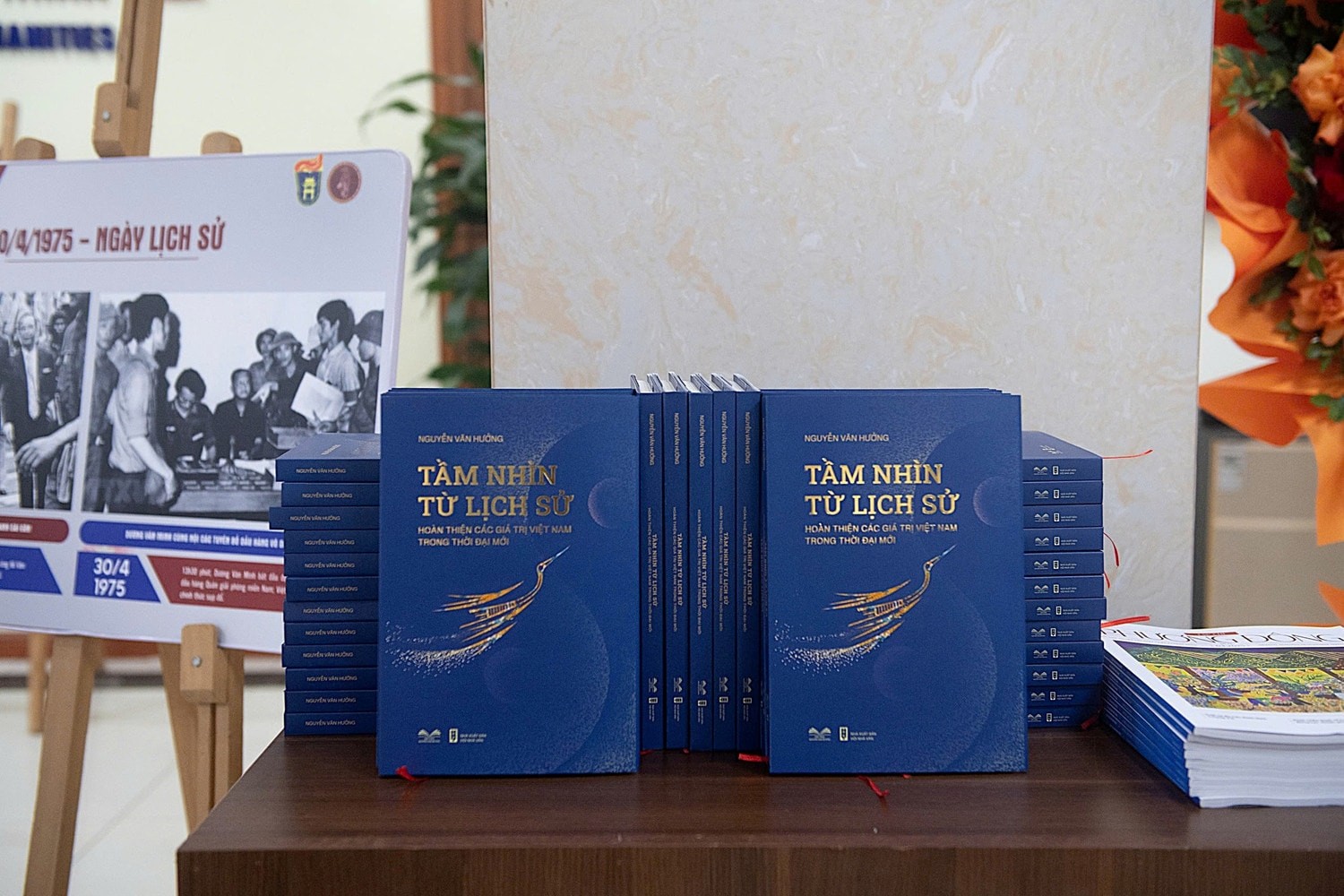
3. A Millennium of Resistance: Chinese Rule (111 BCE – 938 CE)
For over 1000 years, Vietnam was colonized by various Chinese dynasties, from the Han to the Tang. This long occupation deeply influenced Vietnamese language, religion, governance, and culture—but also fueled centuries of resistance.
Major Rebellions:
- Trưng Sisters (40–43 CE): Two heroic women briefly restored independence
- Lady Triệu (248 CE): Another female icon who resisted Chinese rule
- Lý Nam Đế (544–602): Founded Vạn Xuân, an early independent state
- Phùng Hưng, Mai Thúc Loan, Bà Triệu: Continued the tradition of rebellion
End of Chinese Rule:
- In 938 CE, Ngô Quyền defeated the Southern Han at the Battle of Bạch Đằng River, officially ending Chinese domination.
4. The Era of Vietnamese Dynasties (939 – 1802)
After independence, Vietnam entered its feudal age, ruled by a succession of dynasties that built cities, codified law, and defended against further invasions.
Key Dynasties:
Ngô, Đinh, and Early Lê (939–1009)
- Early consolidation of power
- Capital established at Hoa Lư (modern Ninh Bình)
Lý Dynasty (1009–1225)
- Moved the capital to Thăng Long (modern Hanoi)
- Promoted Buddhism and established a national education system
Trần Dynasty (1225–1400)
- Successfully defended against three Mongol invasions
- Trần Hưng Đạo, a revered military leader, became a symbol of patriotism
Hồ Dynasty (1400–1407)
- Brief rule with economic reforms
- Overthrown by a second Chinese invasion (Ming Dynasty)

5. Second Chinese Domination and the Rise of the Lê Dynasty (1407–1527)
China’s Ming Dynasty controlled Vietnam until the Lam Sơn uprising, led by Lê Lợi, who became Lê Thái Tổ after defeating the invaders.
Lê Dynasty Highlights:
- The Lê Sơ period (1428–1527) is considered Vietnam’s Golden Age
- Promoted Confucianism, education, and legal reform
- Extended territory southward
6. Civil War and Regional Division (16th–18th Centuries)
Vietnam split between the Trịnh Lords in the North and the Nguyễn Lords in the South, even as the Lê emperors remained symbolic figureheads.
This Trịnh–Nguyễn conflict lasted over 150 years and weakened the country, leading to the rise of a new revolutionary force: the Tây Sơn brothers.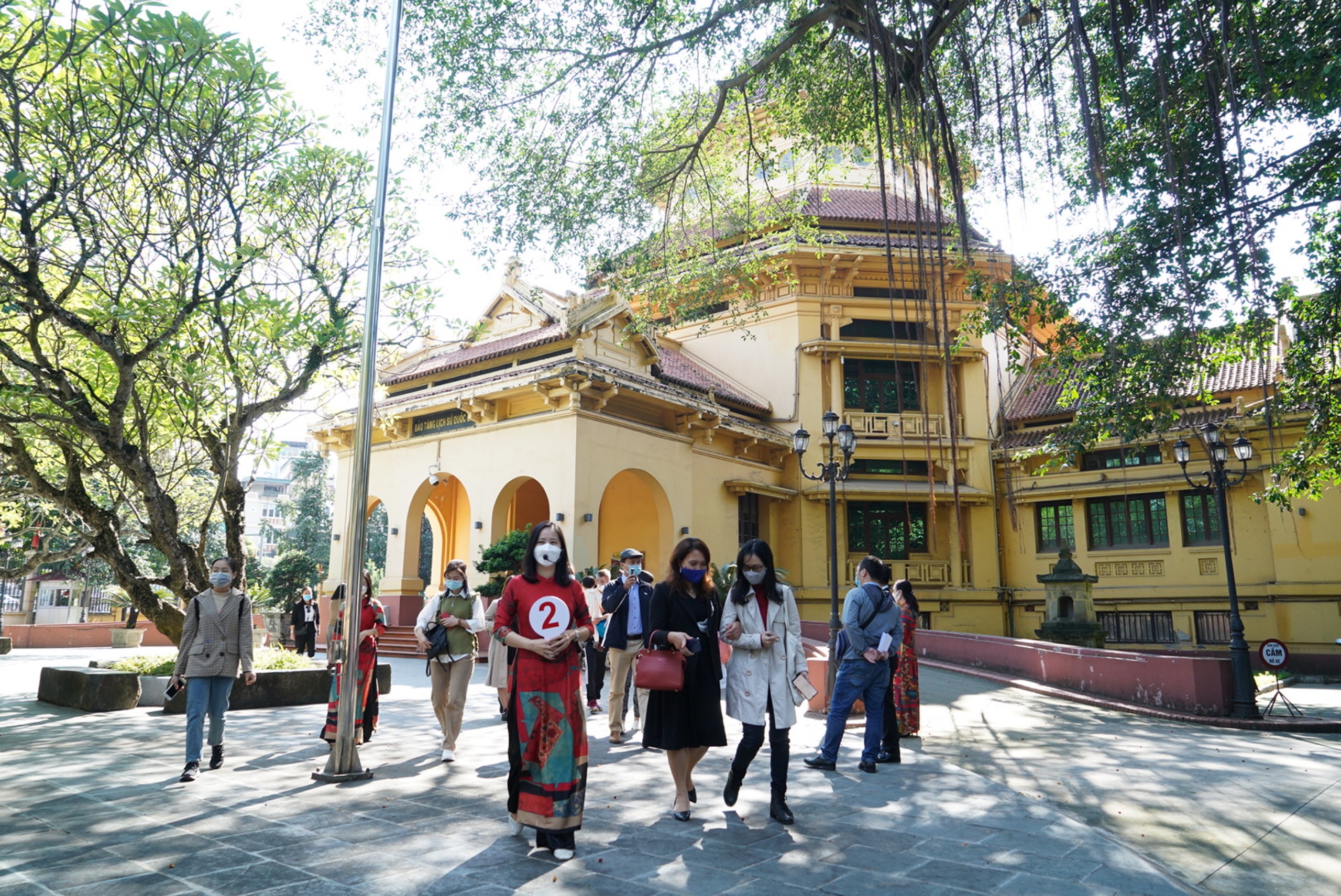
7. Tây Sơn Rebellion and National Unification (1771–1802)
The Tây Sơn brothers—Nguyễn Huệ, Nguyễn Nhạc, and Nguyễn Lữ—rose from peasant roots to overthrow both the Trịnh and Nguyễn lords.
Nguyễn Huệ (Emperor Quang Trung):
- Defeated a massive Qing Chinese invasion in 1789
- Known for brilliant military tactics and swift reforms
Unfortunately, internal conflicts led to the fall of the Tây Sơn regime.
8. The Nguyễn Dynasty (1802–1945): Vietnam’s Last Monarchy
Nguyễn Ánh, a surviving Nguyễn lord, took power in 1802, declaring himself Emperor Gia Long.
Nguyễn Dynasty Achievements:
- Reunified Vietnam under the name Việt Nam
- Capital moved to Huế
- Introduced administrative reforms and infrastructure projects
However, isolationist policies and failure to modernize made Vietnam vulnerable to foreign intervention.
9. French Colonization (1858–1945)
France invaded in 1858 and gradually took over the entire country, forming French Indochina.
Colonial Impact:
- Land confiscation and heavy taxation
- Suppression of Vietnamese language and culture
- Rise of Western-style education and Catholic missions
Resistance Movements:
- Cần Vương, Yên Thế Rebellion
- Reformers like Phan Bội Châu, Phan Châu Trinh
- Ho Chi Minh emerged as a revolutionary leader
10. World War II and the August Revolution (1940–1945)
During WWII, Japan replaced France as the occupying force but allowed the French administration to remain.
In August 1945, the Viet Minh, under Ho Chi Minh, launched the August Revolution, seizing power across the country.
September 2, 1945:
Vietnam declared independence as the Democratic Republic of Vietnam, ending nearly a century of colonialism.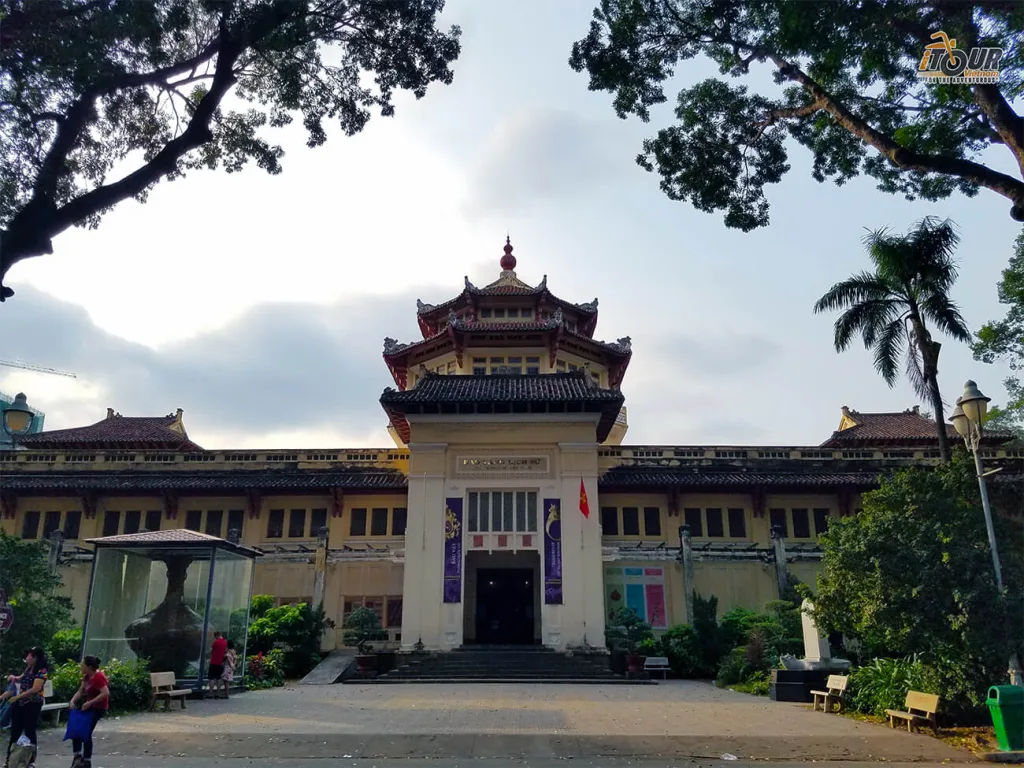
11. First Indochina War (1946–1954)
France attempted to reassert control, leading to an 8-year war:
- Vietnamese forces, led by General Võ Nguyên Giáp, adopted guerrilla tactics
- Battle of Điện Biên Phủ (1954) marked a decisive Vietnamese victory
Geneva Accords (1954):
- Vietnam was divided:
- North Vietnam: Led by Ho Chi Minh (communist)
- South Vietnam: Backed by the U.S. and allies
12. The Vietnam War (1955–1975)
Also known as the Second Indochina War, this conflict became a Cold War flashpoint.
Key Events:
- U.S. military escalation in the 1960s
- Tết Offensive (1968): Turned U.S. public opinion
- Paris Peace Accords (1973): U.S. withdrawal
April 30, 1975:
Saigon fell to North Vietnamese forces, marking Vietnam’s reunification.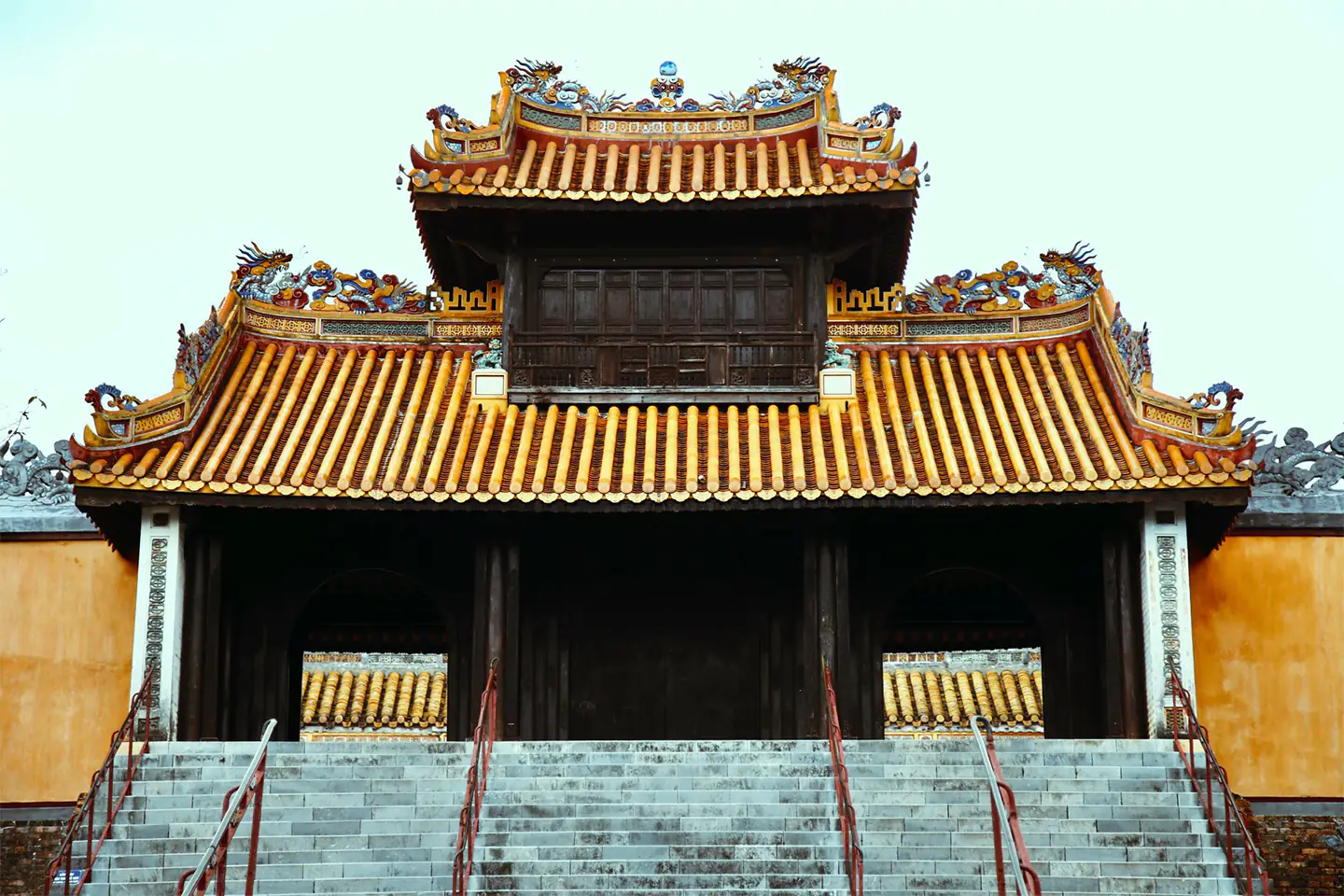
13. Modern Vietnam (1976–Present)
Reunification and Recovery:
- On July 2, 1976, Vietnam became the Socialist Republic of Vietnam
- Hanoi was confirmed as the capital
Reforms and Growth:
- Đổi Mới (Renovation) policy launched in 1986
- Transition to a socialist-oriented market economy
- Opened diplomatic relations and joined ASEAN, WTO
Today, Vietnam is one of Southeast Asia’s most dynamic economies and is increasingly active in international affairs.
14. Vietnamese History Through the Eyes of Foreigners
Foreign residents and travelers often describe Vietnamese history as:
- Surprisingly rich: From emperors to revolutionaries
- Emotionally powerful: Stories of resilience and unity
- Underrated: Not always taught in Western schools
Common Highlights for Foreign Visitors:
- Visiting Ho Chi Minh Mausoleum
- Exploring Imperial Citadel of Hue
- Learning about Battle of Điện Biên Phủ
- Understanding the Vietnam War from a Vietnamese perspective
Conclusion: Why Vietnamese History Still Inspires Today
Vietnamese history is not just a collection of dates and dynasties—it’s a living narrative of determination, cultural pride, and national survival.
From ancient legends to modern reform, the story of Vietnam proves that even a small nation can shape its own destiny through courage, creativity, and unity.
Whether you’re visiting Vietnam or studying it from afar, learning about Vietnamese history will deepen your appreciation for the spirit of its people and the beauty of its culture.
See more post: Vietnamese calligraphy: Discovering the artistic soul of Vietnam
